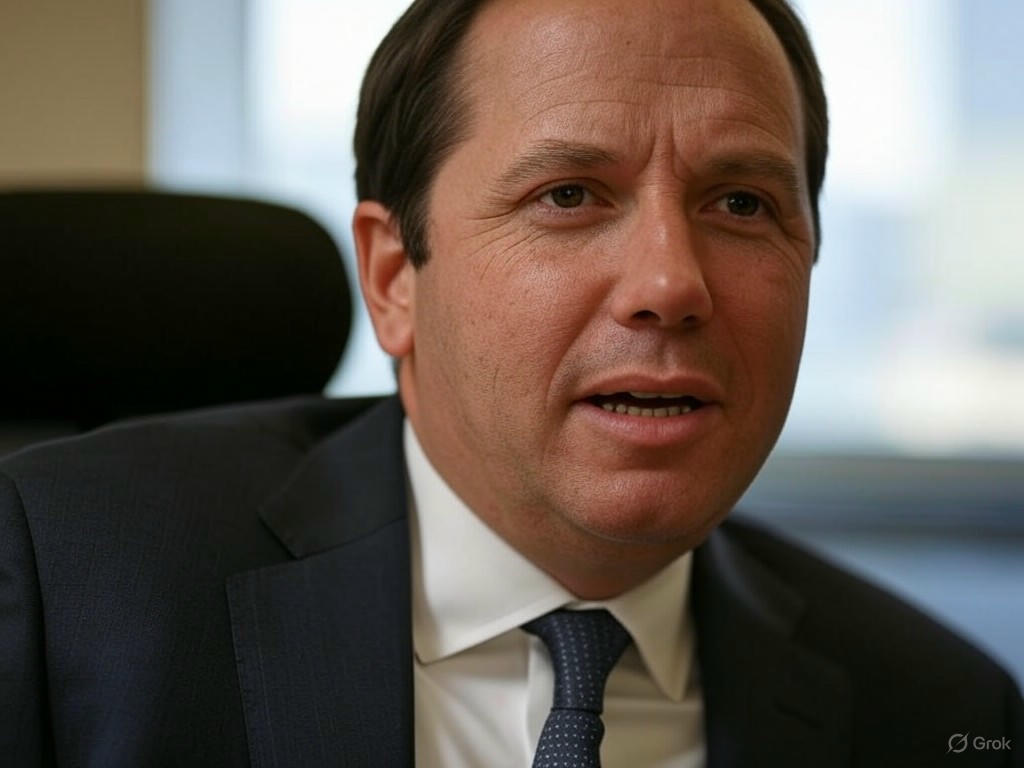Stellantis’ New Leader Steps Up: Tackling Turmoil with Bold Vision
In a pivotal moment for the global automotive industry, Stellantis has welcomed Antonio Filosa as its new CEO, entrusting the 51-year-old Italian executive with steering the company through a storm of challenges. Filosa, who assumed the role amid mounting pressures, has made it clear that settling for anything less than excellence is not an option. His appointment comes at a time when the automaker, formed from the merger of Fiat Chrysler and PSA Group, is grappling with internal discord, strained partnerships, and an unpredictable regulatory landscape. Yet, with a reputation for strategic thinking, Filosa is poised to chart a transformative path forward.
The road ahead for Stellantis is anything but smooth. Fractured relationships with key stakeholders, including suppliers and dealers, have created operational hurdles, while tensions with labor unions add another layer of complexity. Additionally, the company faces scrutiny over its environmental commitments as governments worldwide tighten emissions standards. Filosa inherits a business at a crossroads, with the need to balance profitability against the costly shift to electric vehicles (EVs) and sustainable practices. Industry analysts note that Stellantis must also contend with fierce competition from both traditional automakers and innovative tech-driven newcomers. Despite these obstacles, Filosa’s early statements exude confidence, emphasizing a commitment to innovation over complacency. He has publicly declared that ‘mediocrity is not in our vocabulary,’ signaling a zero-tolerance approach to underperformance.
Filosa’s vision for Stellantis appears to hinge on rebuilding trust and fostering collaboration. Insiders suggest that he plans to prioritize open dialogue with partners to mend strained ties, while investing heavily in cutting-edge technologies to keep pace with the industry’s rapid evolution. His background in navigating complex markets, particularly in regions with economic volatility, could prove invaluable as he seeks to stabilize Stellantis’ global operations. Furthermore, Filosa is expected to push for a stronger foothold in the EV market, where Stellantis has lagged behind some rivals. By streamlining production and focusing on customer-centric solutions, he aims to reposition the company as a leader rather than a follower. Beyond strategy, his leadership style—described as decisive yet empathetic—may help unify a workforce rattled by recent uncertainties.
As Antonio Filosa takes the helm, the automotive world watches with bated breath. His promise to reject mediocrity is a bold stance, but translating words into action will require navigating a maze of economic, political, and technological challenges. Success is far from guaranteed, yet Filosa’s determination offers a glimmer of hope for Stellantis’ future. If he can mend broken bridges, drive innovation, and adapt to an ever-changing industry, his tenure could mark a turning point for the automaker. For now, stakeholders and competitors alike are eager to see whether this new chapter will redefine Stellantis as a powerhouse—or simply add to its list of struggles.


